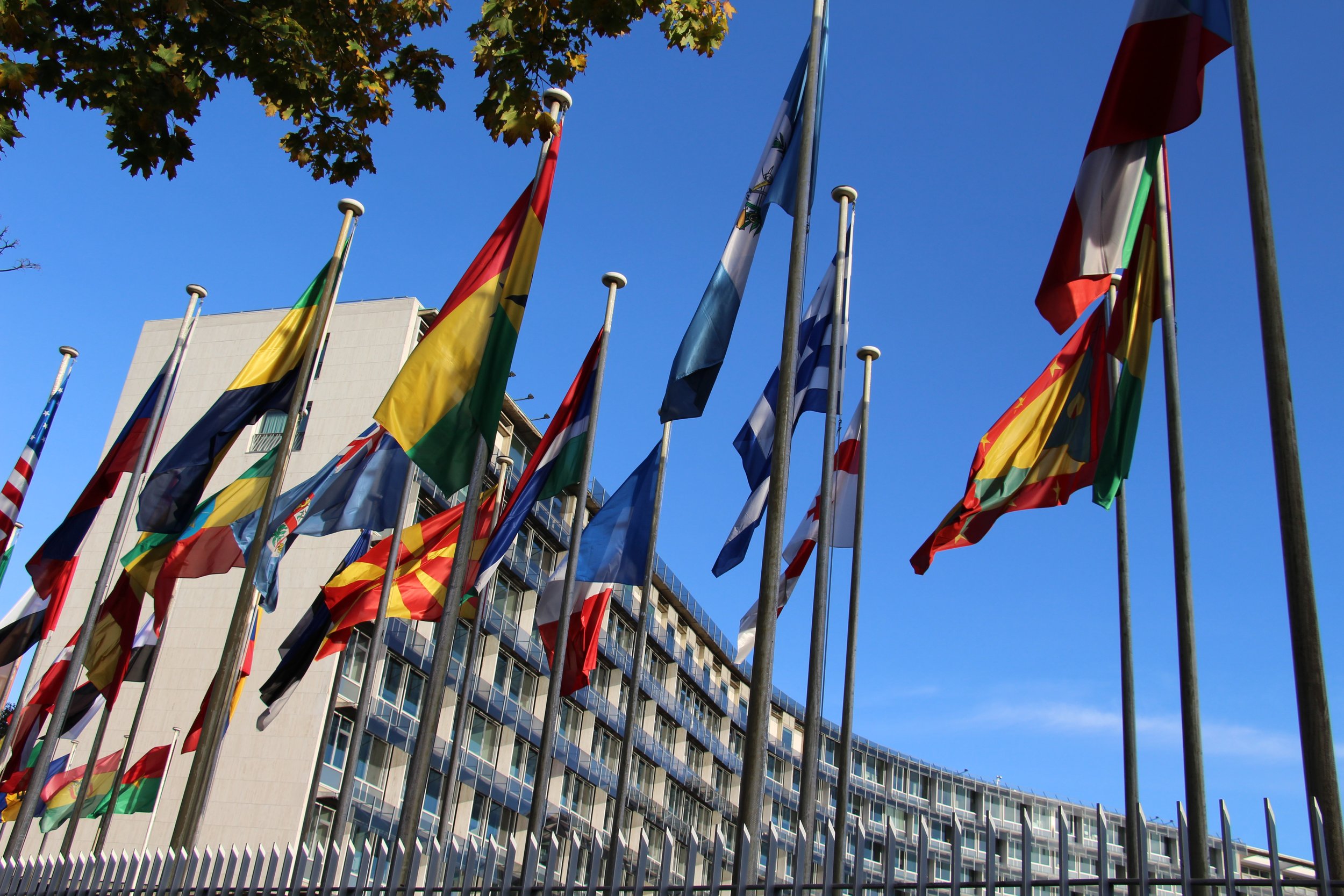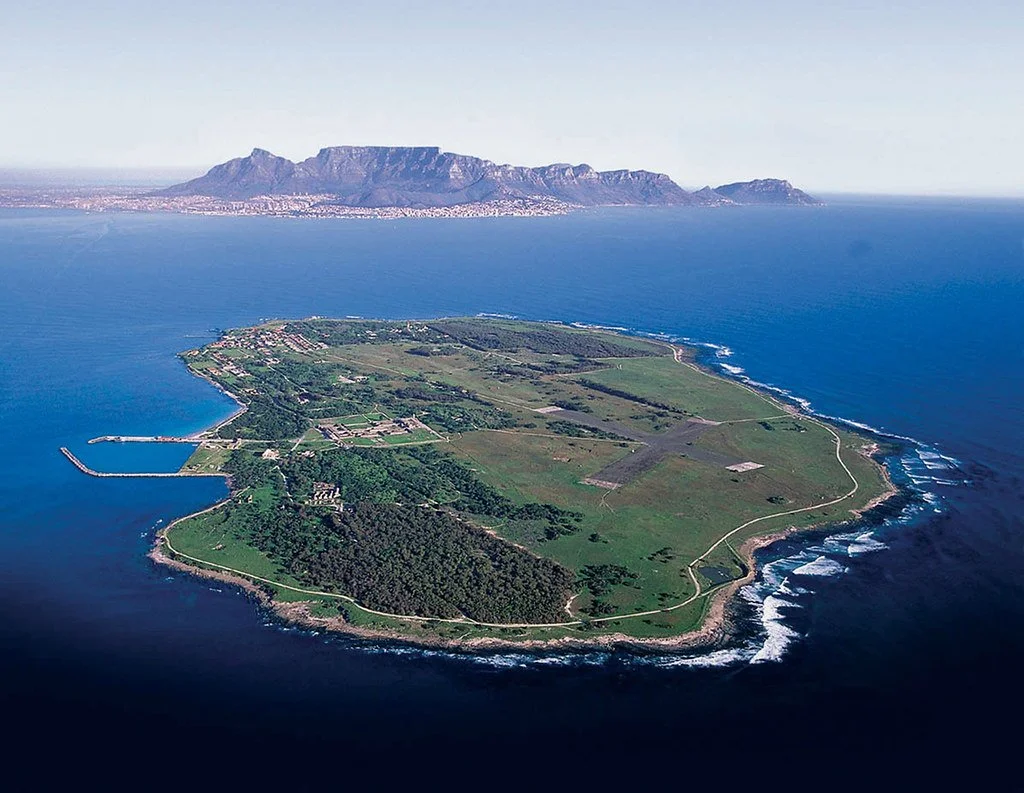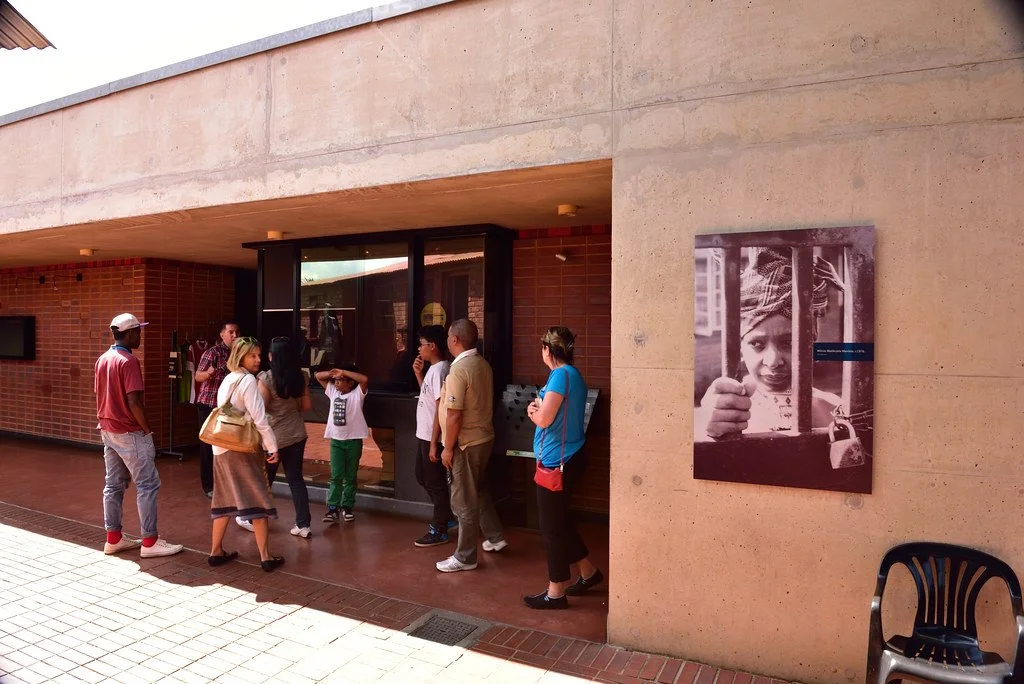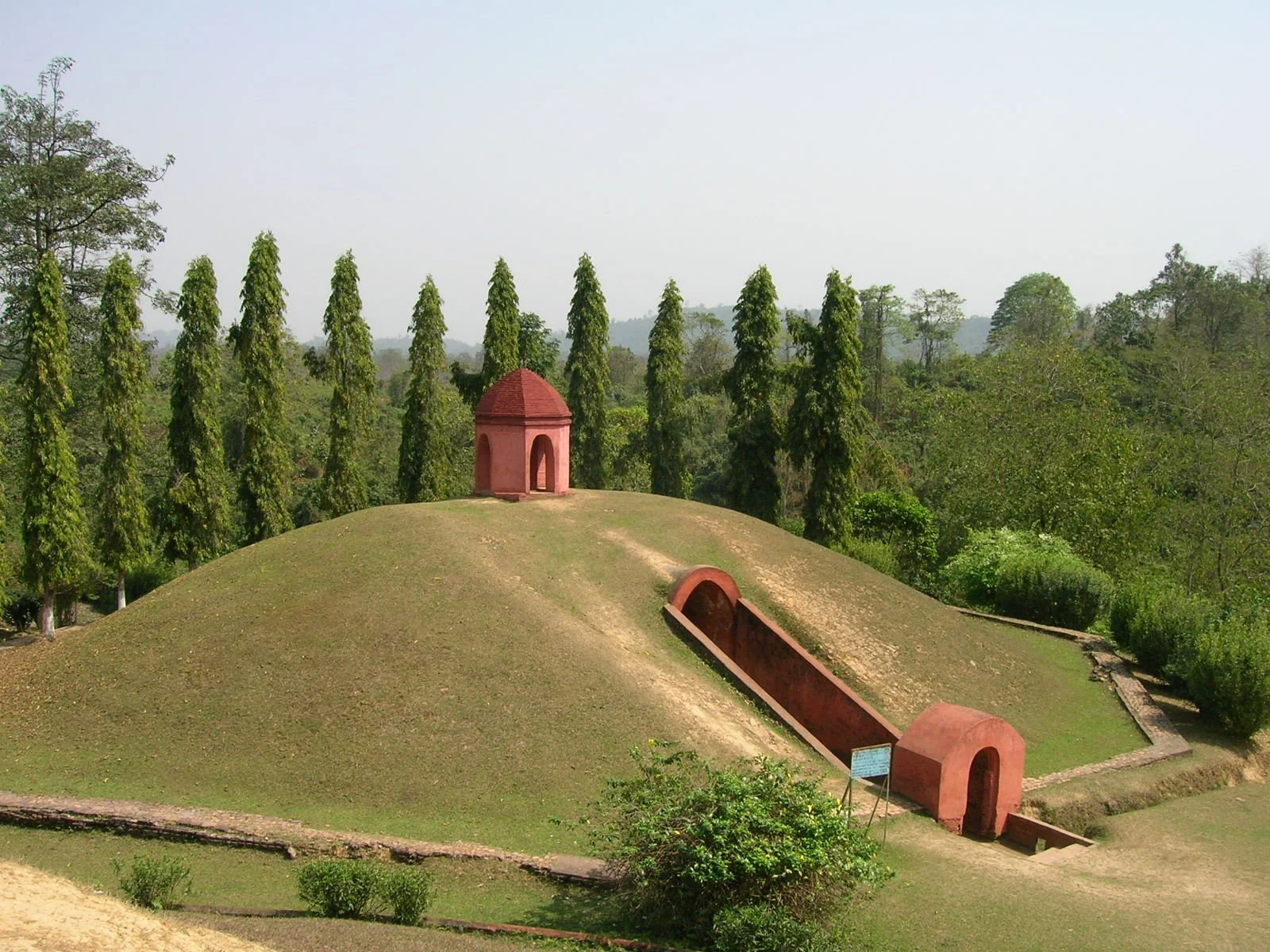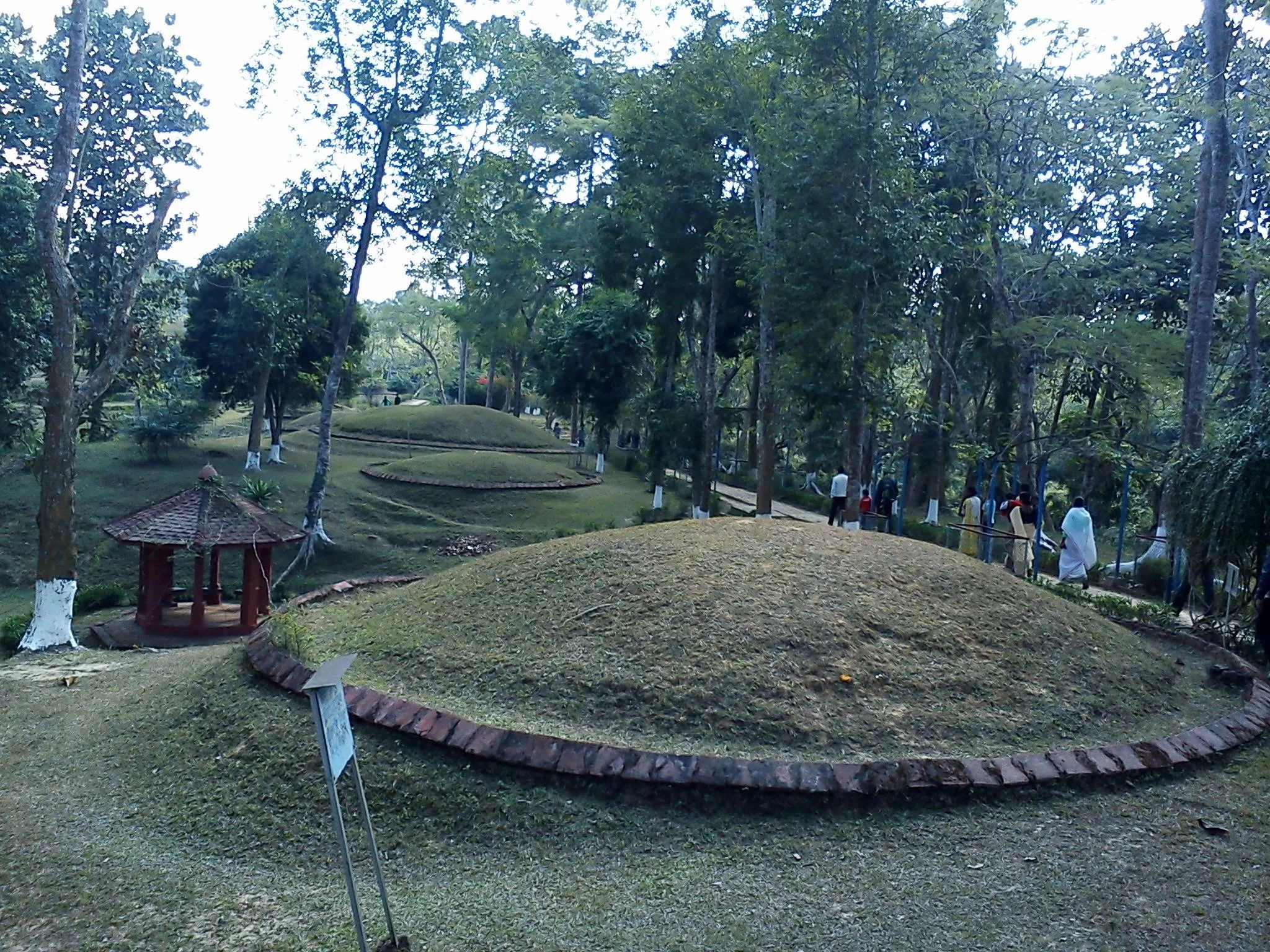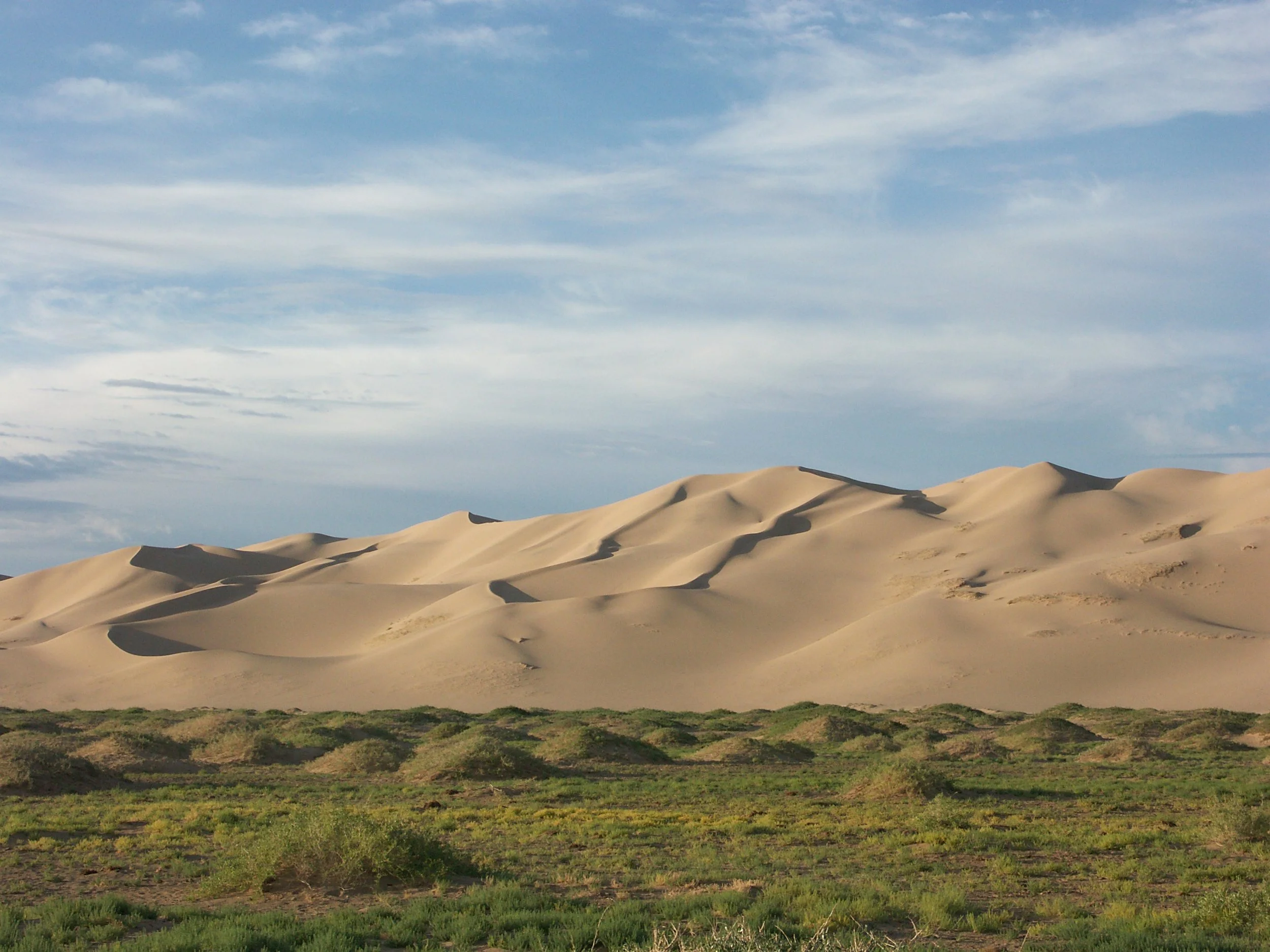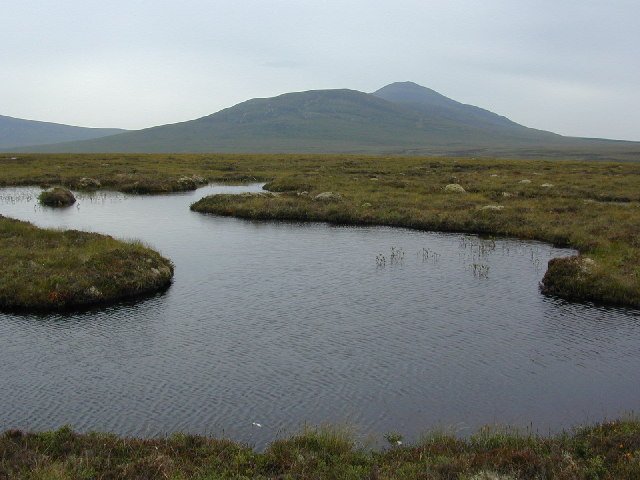Take a closer look at four of UNESCO's most important new World Heritage Sites.
UNESCO building in Paris, France. Fred Romero. CC BY 2.0
The role of the United Nations Educational, Scientific, and Cultural Organization (UNESCO) is to contribute to peace and development around the world, a goal it has embraced through the establishment of numerous World Heritage sites. Located across the globe, these prestigious locations are hand-picked by the agency to retain their immense natural and/or cultural significance. Popular World Heritage sites include the Taj Mahal, the Great Barrier Reef, the Great Pyramid of Giza and the Serengeti National Park. Spanning across 168 countries, there are currently 1223 properties marked as UNESCO World Heritage sites. In alignment with the 1972 World Heritage Convention, UNESCO continues to hold annual meetings to decide what new locations they will adopt to their list. According to UNESCO, the Convention unites the importance of, “nature conservation and the preservation of cultural properties.” The World Heritage Committee’s selection process is centered around a set of policies referred to as the “Five C’s”: credibility, conservation, capacity-building, communication and communities. It is through the analysis of these characteristics that UNESCO establishes a yearly list of exceptional locations worthy of preservation for the continual appreciation of humanity. This year, the 46th session of the World Heritage Committee took place in New Delhi, India during the week of July 21. The session was live-streamed and recorded, providing full transparency to the public on the Committee’s decision to name 24 new World Heritage sites. Below is a closer look at a few of this year’s additions.
Nelson Mandela Legacy Sites, South Africa
Robben Island. South African Tourism. CC BY 2.0
Representing the “legacy of the South African struggle for human rights, liberation, and reconciliation”, the Nelson Mandela Legacy Sites were recently inducted into UNESCO’s list. The Legacy Sites are broken into 14 parts, each place with a special significance. For example, the Sharpeville sites commemorate the massacre of 69 protestors of the Pass Laws which restricted the free movement of Black South Africans in 1952. Other spots include the Mqhekezweni Great Place and the Union Buildings in Pretoria, now the official location of South Africa’s government.
Nelson Mandela Museum in Soweto, South African Tourism, CC By 2.0
Spanning across South Africa, visitors can visit anywhere from one to all fourteen sites. With an entry fee of about $9 per adult, the Apartheid Museum features interactive exhibits and personal stories detailing South Africa’s history. Robben Island, where Mandela was imprisoned for 18 years, offers guided water tours at $22 per person.
Charaideo Maidams, India
Charaideo Maidam. Mozzworld. CC BY-SA 4.0
Created by the Ahoms, an ethnic group in Northern India that once possessed its own indigenous kingdom, “maidams” are large mounds built atop graves. Constructed over a “hollow vault” of earth, these “mounded burial grounds” served as burial grounds for Ahom royalty. This year, Assam’s Charaideo Maidam, a royal burial complex of approximately 90 maidams established over a period of 600 years, was recognized by UNESCO as a World Heritage Site. Spokespeople from the World Heritage Committee’s advisory board ICOMOS proclaimed that, “The [maidams] are an exceptional example of an Ahom necropolis that represents funeral traditions and associated beliefs in a tangible way.” In addition to royals and significant members of Ahom society, maidams may also contain food, horses, elephants, and sometimes the bodies of queens and servants.
Group of four smaller maidams, Dhruba Jyoti Deka, CC BY-SA 3.0
The Charaideo Maidams’ visiting hours are between 9:30 AM to 5:00 PM. According to the Directorate of Archaeology in the Government of Assam, a full tour of the site takes approximately two and half hours. Visitors can purchase entry tickets online ahead of time or on-site for about $3. With public transportation, the Charaideo Maidams is approximately an hour away from Sivasagar, the closest major city.
Badain Jaran Desert, China
Badain Jaran Desert. Rita Willaert. CC BY-NC-SA 2.0
The Badain Jaran Desert can be found in the Alashan Plateau of northwestern China’s desert region. According to UNESCO, “the property stands out with its high density of mega-dunes, intersected with interdunal lakes.” The site’s unique geologic features, “include the world’s tallest, stabilized sand mega-dune (relative relief of 460 meters)’ and the largest expanse of “singing sands” (so-called due to resonance caused by wind moving dry and loose sand). China Discovery classifies the unique terrain of the desert into “five wonders”: the sandy peaks, singing dunes, colorful lakes, clear springs and an ancient temple. At just over 30,000 square miles, the site is the third largest desert in China.
Dunes in Badain Jaran Desert.. Zhoarby. CC BY-SA 3.0
The desert can only be accessed by jeep, with the Zhangye Travel Guide warning travelers of the local agency's monopoly on desert travel The desert features specific tourist attractions, including the Pearl Lake of the Badain Jaran Desert, the Yinderitu (A Magic Spring) and Bilutu Dune, the world’s highest sand dune. The starting fee for entrance into the Badain Jaran Desert is about $30 and $11 for the Badain Lake, not accounting for additional fees for accommodation and guided desert tours.
Flow Country, United Kingdom
View of peatlands in the Flow Country. Andrew Tryon. CC BY-SA 2.0
The first peatlands to be recognized as a World Heritage Site, the Flow Country in Scotland is a massive bog storing about 400 million tons of carbon. A “globally rare” habitat, the Flow Country is immensely environmentally significant. In the Flow Country, carbon is trapped and stored in dead vegetation, preventing it from being released into the atmosphere and causing further environmental harm. Professor Mike Robinsons on the Culture at United Kingdom National Commission for UNESCO highlighted the importance of the site’s environmental impact in its official naming: “World Heritage status recognises the global importance of the Flow Country and its peat bogs, not only as important ecosystem for wildlife, but also through their carbon storage, as a critical defense against the impact of climate change.”
Closer view of a peat pool. Steve Neal. CC BY-SA 2.0
In the Flow Country, there are numerous experiences for interested visitors. The Forsinard Flows Visitor Center features exhibitions and educational films about the area. Nearby the center is the Lochan Dub Trail, a one-mile loop weaving through peat pools and sections of the blanket bog. A longer trail option would be the Forsinain Trail four miles north of the Forsinard train station. For those hoping for a less outdoorsy visit, the Far North Railway Line travels through the Flow Country as well.
Aanya Panyadahundi
Aanya Panyadahundi Aanya is a student at the University of Michigan studying sociology and journalism on a pre-law path. She loves to travel the world whenever she can, always eager to learn more about the different cultures and societies around her. In her free time, she likes to play the violin, ski, and listen to podcasts.

